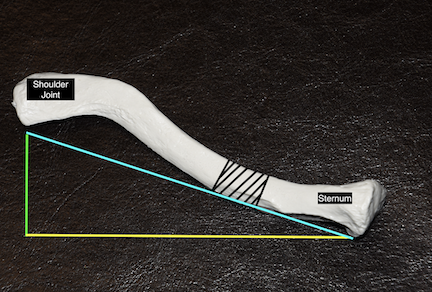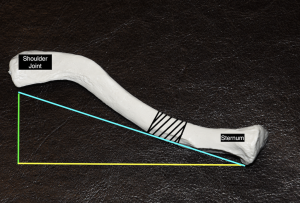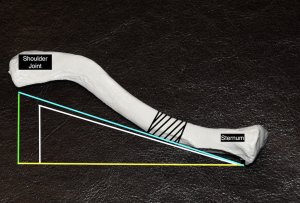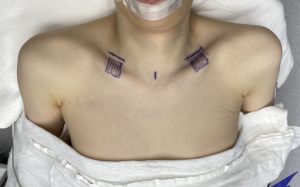One of the most common aesthetic questions potential patients ask about shoulder narrowing surgery by clavicle resection is whether rolling in of the shoulders occurs. The question actually is not whether it occurs by how significant will it be. To properly answer that question requires an understanding of clavicular bone anatomy.
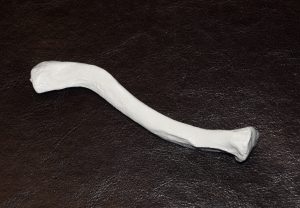
When you factor in that the genetic male clavicle usually has stronger curves than that of the genetic female the amount of anterior angulation with the two stronger curves is greater. Since the majority of patients seeking shoulder narrowing surgery are transgender male to female, at least in my experience, an understanding of this clavicle shape answers the potential inward roll of the shoulder as clavicle length is reduced.

While mathematically the anterior shoulder movement is not that much it is magnified in the immediate and early postoperative period due to the recommended elbow position. Keeping the elbows by one’s side and a bit forward takes the pressure off of the healing osteotomy site. It also feels more comfortable taking the strain off the pectorals major muscle in which a few of its most superior attachment to the clavicle have been released.
Geometry aside the long term effects of any inward shoulder roll are reduced by the return of a more normal posture. But because of the shortening of the bone there will always be some persistence of it. Aesthetically it is beneficial as an inward roll helps soften the appearance of the shoulders by de-squaring or rounding them off.
Dr. Barry Eppley
World-Renowned Plastic Surgeon

